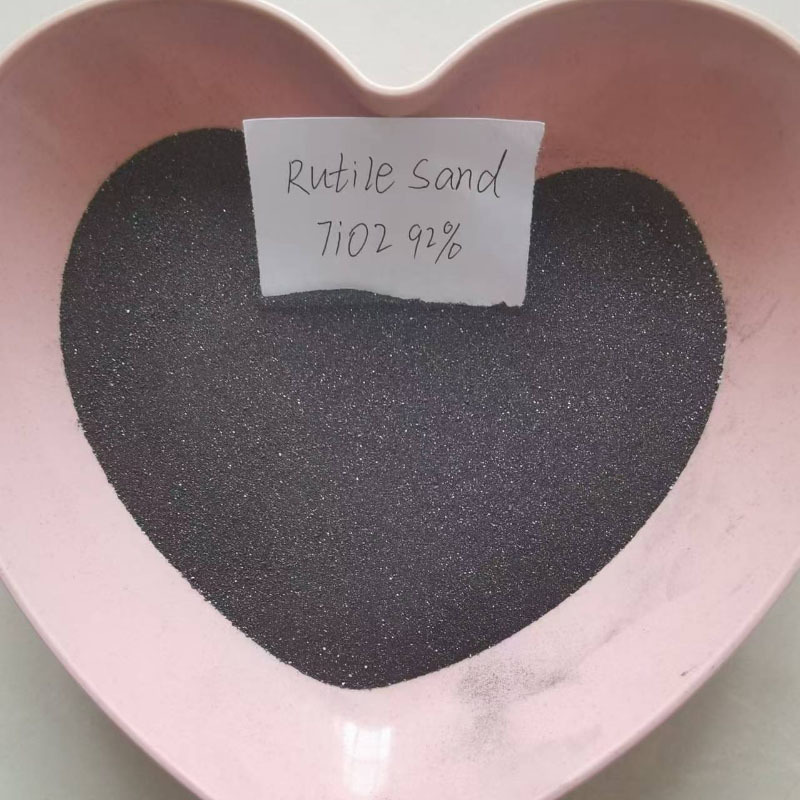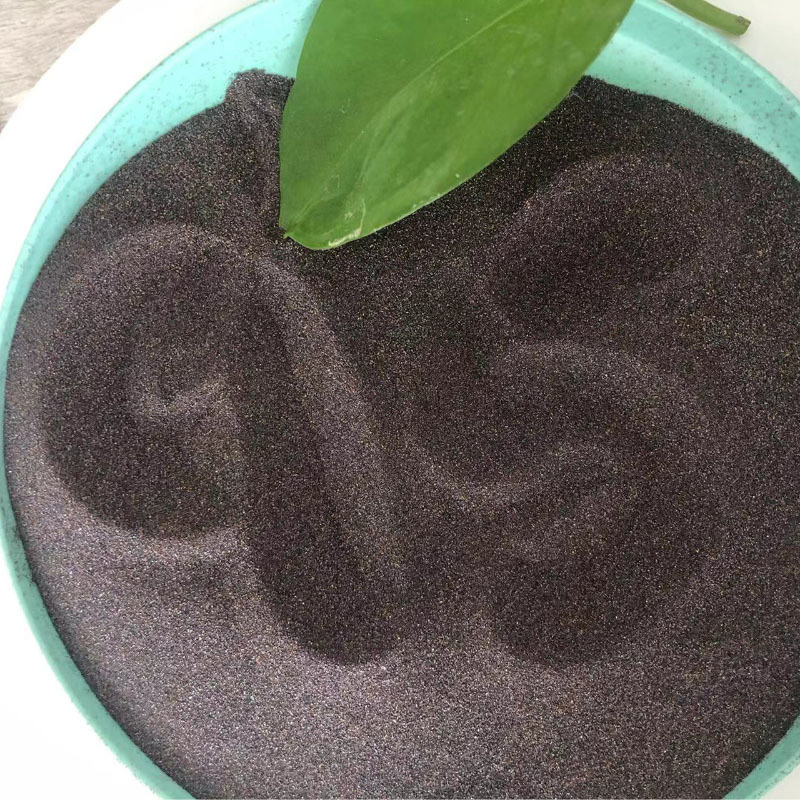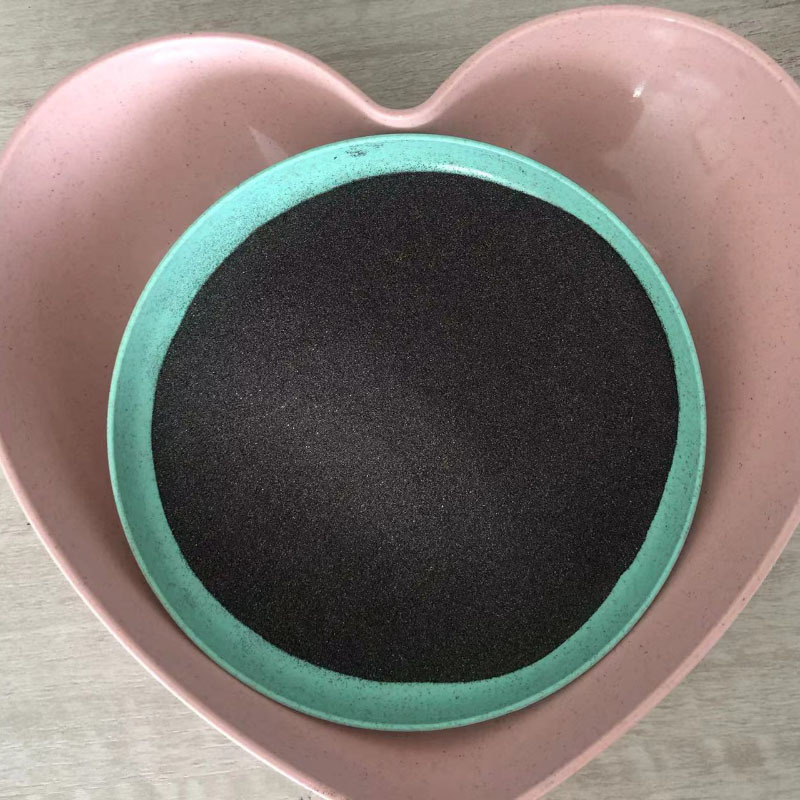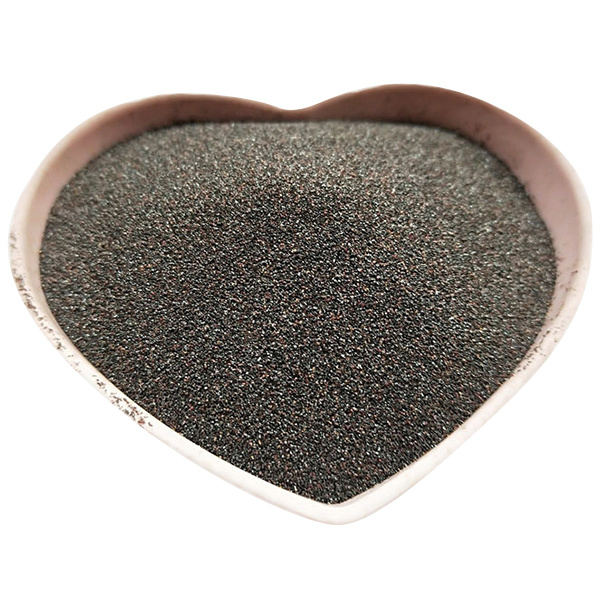Titanium dioxide organic coating technology for oil-based paint
Release Time:
Aug 22,2024
After cooling, the titanium dioxide is crushed with a small air flow mill.
1. An organic surface treatment method for improving the dispersibility and temperature resistance of titanium dioxide in oily paint, characterized in that: first, a special organosilicon material with an appropriate viscosity is added to an appropriate amount of industrial ethanol, and then sulfuric acid process rutile titanium dioxide that has been inorganically coated with silicon and aluminum is added, and the pulping treatment is carried out for 30 minutes; the titanium dioxide is baked in an oven at 110 degrees for 4 hours, and after cooling, the titanium dioxide is crushed with a small air flow mill to obtain the required titanium dioxide.
2. An organic surface treatment method for improving the dispersibility and temperature resistance of titanium dioxide in oily paint as described in claim 1, characterized in that the organosilicon material is a silane compound containing one or more of amino, methacrylic acid, dimethoxy or triethoxysilane. The molecular formulas of organic silicon materials are:
Alkylsilane coupling agent: CnH 2n+l Si (OC2H5)3 or CnH 2n+lSi (0CH3)3 n = 1-10
Methacryloyloxysilane coupling agent: CH2CH(CH3)C(O)0CnH2n+l Si(OC2H5)3
or CH2CH(CH3)C(0)0 CnH 2n+l Si(OCH3)3n = 1-5
Aminosilane coupling agent NH2CnH 2n + lSi(0C2H5)3 or NH2CnH 2n + lSi.(OCH3)3 or NH2CH2CH2NH2CnH 2n+lSi(OC2H5)3 or NH2CH2CH2NH2CnH 2n+lSi(OCH3)3n =1-5 The amount of organic silicon material is: 0.5-1.5%.
3. An organic surface treatment method for improving the application performance of titanium dioxide as described in claim 1, characterized in that the titanium dioxide subjected to organic surface treatment is a sulfuric acid process rutile titanium dioxide that has not undergone any organic treatment but has been subjected to a silicon-aluminum inorganic coating.
Keywords:
You Can Also Learn More About Industry Trends






